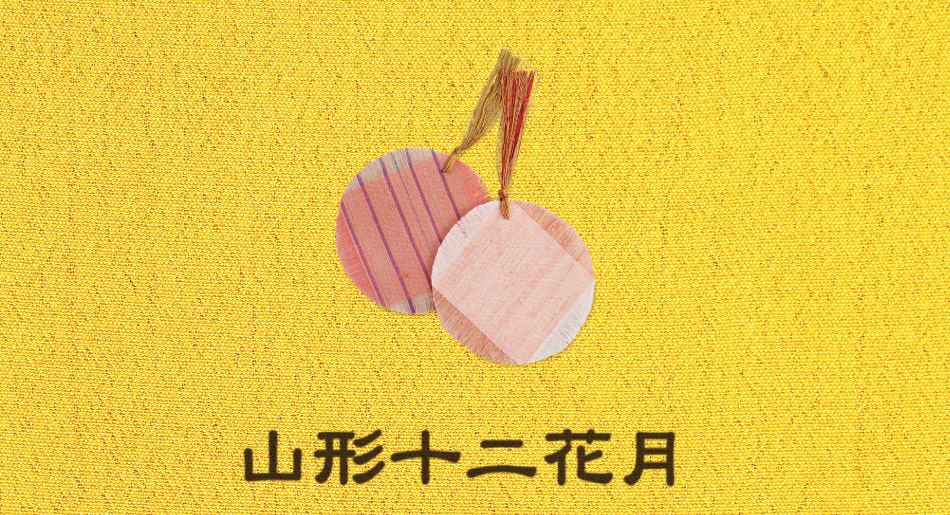
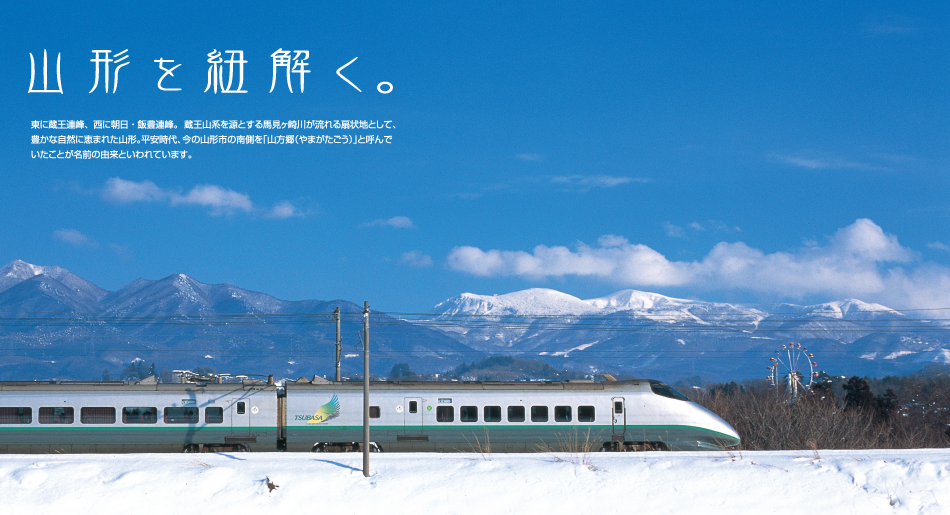


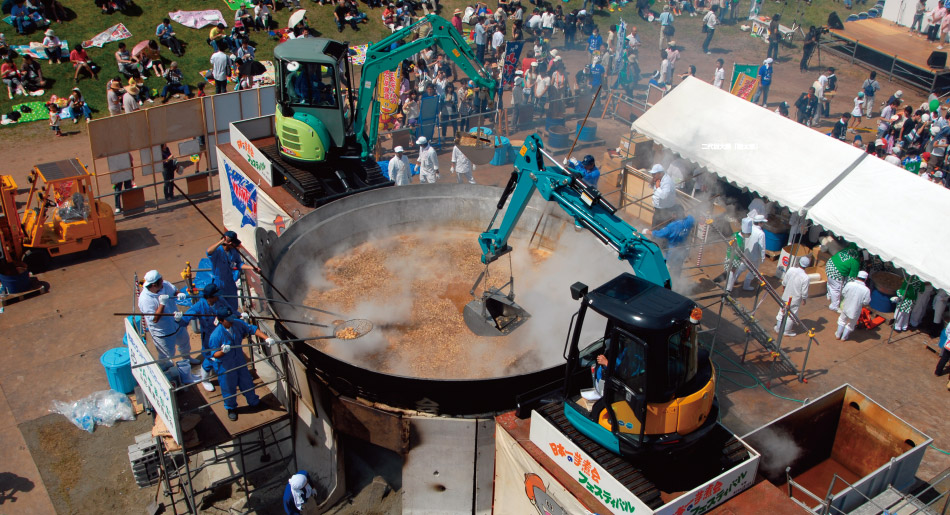

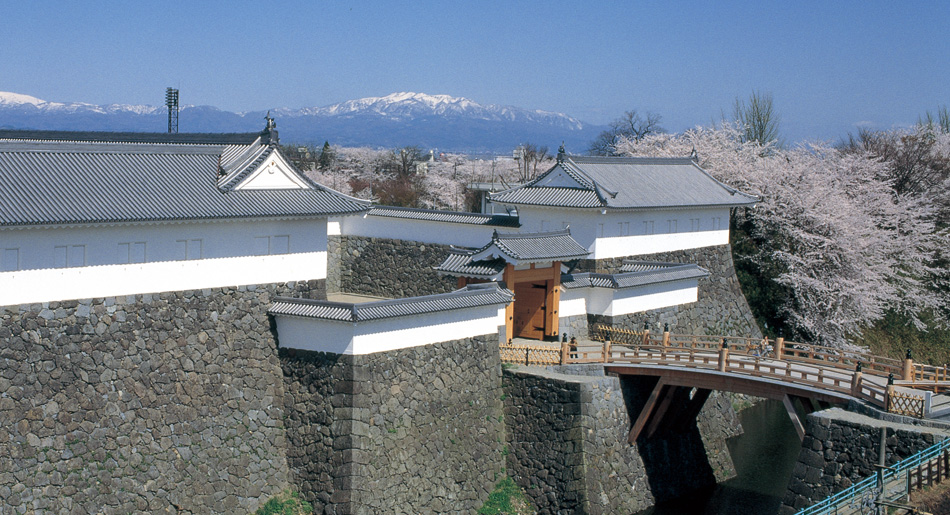
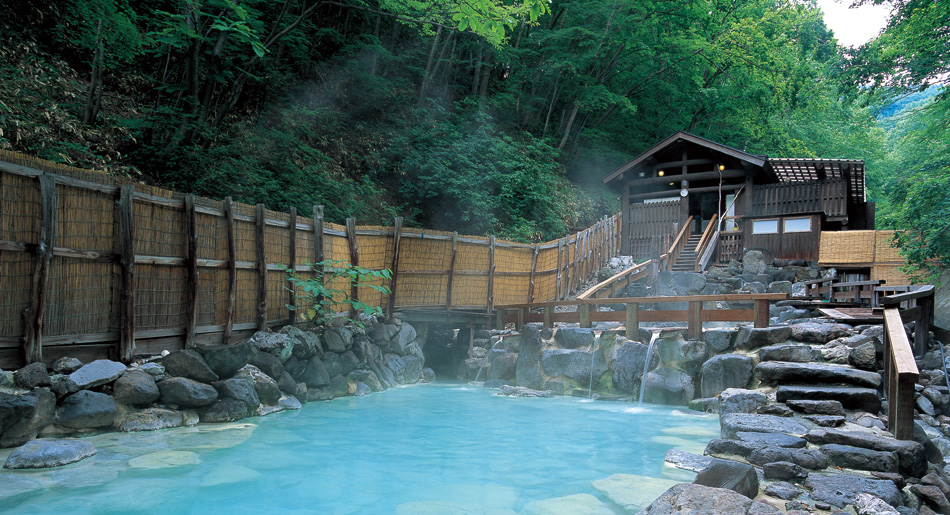




Yoshiaki Mogami, a Warring States Period daimyo, founded today's Yamagata by establishing a castle town that included large-scale reconstruction of Yamagata Castle; fostering commerce, manufacturing, trade, culture, etc.; improving the shipping transportation network of the Mogamigawa River; and developing the Shonai Plain. In 1600, Yoshiaki Mogami sided with the Tokugawa Family and defeated Kanetsugu Naoe, the chief retainer of Kagekatsu Uesugi, allied with the Toyotomi Family, at the Battle of Hasedo (called the Battle of Sekigahara in the Dewa region), and was awarded 570,000 koku (said to be actually worth 1million koku), thereby becoming the country's 5th richest daimyo. Yoshiaki also possessed literary talent, and is said to be the best poet among the feudal lords of the Warring States Period.

Right and left folding screens with a picture of the Battle of Hasedo (Private traditional warehouses)

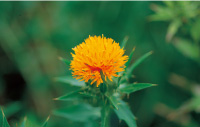
Since the early Edo Period, safflowers have been cultivated on a large scale in the Murayama region. They were sold in Kyoto and the surrounding area where they were used to die high-grade cloth and to produce rouge and red food coloring. Traders made fortunes from the safflower business. Much of the wealth and culture of Yamagata grew out of the safflower.

Folding screens portraying the safflower-based culture (by Eiko Aoyama, property of the Yamadera Basho Memorial Museum) Tangible cultural assets designated by Yamagata Prefecture.


















